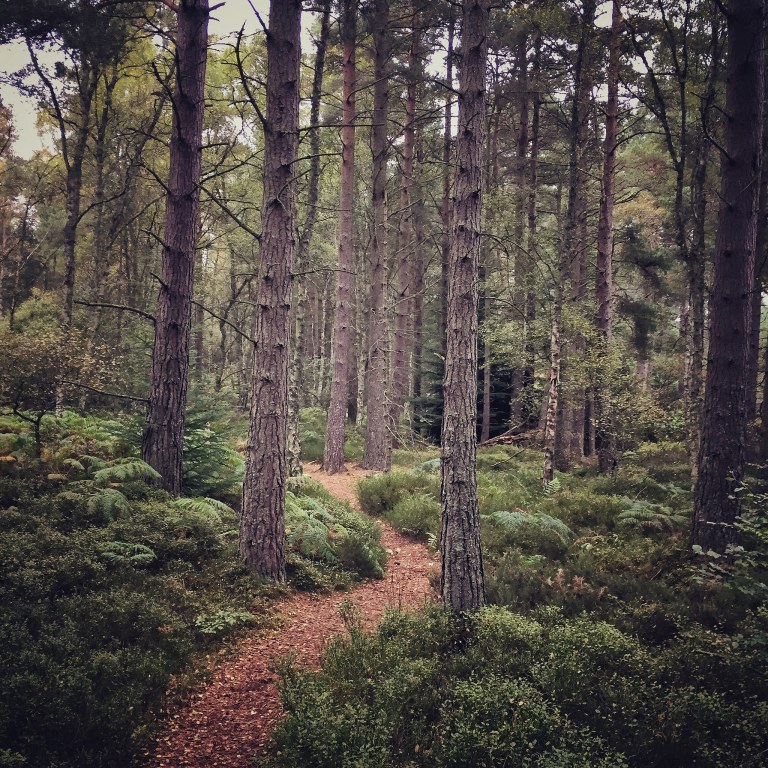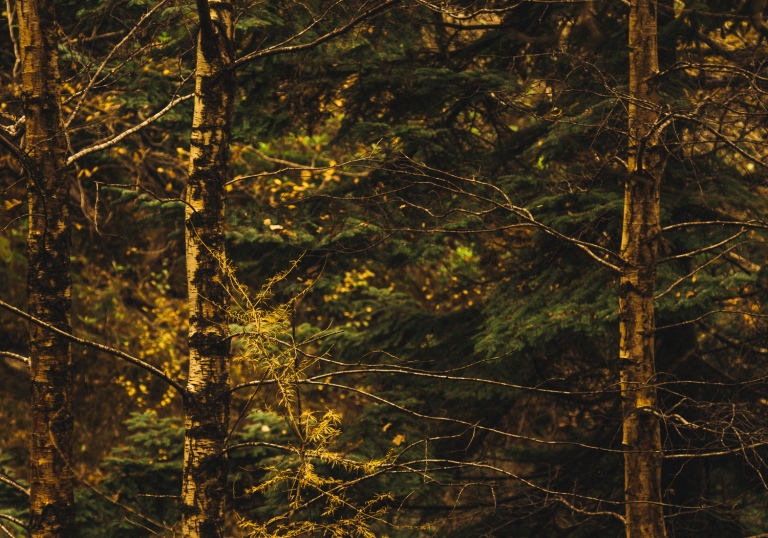For years I’ve taken photos of woodland trees and for years I’ve not been happy with them.
Here’s why: the chaos.
All those branches, the clutter of undergrowth, no clear start or end to it. I couldn’t make sense of it.
The usual ‘laws’ of composition, rule of thirds, leading lines don’t really apply in woodland so choosing angles, perspectives can be really difficult and frustrating. So effectively I gave up on photographing trees and stuck to stuff I figured I could control.
This idea of control was where I was going wrong though. Without realising it, I was actually sticking to what I knew already – settling for familiar perspectives and techniques instead of challenging myself.
So in this post I want to share how I stopped worrying and learned to love photographing trees.
1. Embrace the chaos
Nature is messy. Deal with it.
Woodland environments don’t lend themselves to the usual rules of composition. You can use paths or walls as leading lines but once you step away from footpaths and into the trees, things can get tricky.

What you do have in woodland is plenty of verticals – all those tree trunks make effective boundaries to frame scenes so make use of them.

But what about all those branches sticking in to frame? That patch of messy undergrowth that ‘doesn’t quite go’?
2. Go for the shallows
There’s a tradition in landscape photography for everything to be in focus. Pick up any ‘how-to’ manual and it’ll encourage you to do this. The way to achieve that is to use a small aperture setting on your lens. Somewhere between f/11 and f/14 for example will do this, creating superb ‘depth of field’. Combine that with the hyperfocal distance of your lens and everything from the foreground to the hills over yonder will be rendered tack-sharp and so vivid you can walk into it.
Now that’s absolutely fine if your subject is a grand vista, conforming to the holy trinity of landscape composition: foreground, middle and distant background.
But it doesn’t work inside a wood or forest. Foreground and background merge. It’s a much more busy and enclosing space, so using a ‘typical’ narrow aperture isn’t flattering to the scene, it just emphasises its clutter.
I found that using a wider aperture, f/4 (or wider still f/2.8) created a shallow depth of field, which, depending on where I focused, blurred out background detail or foreground clutter. This solved my ‘nature is messy’ problem and also created a softer, more intimate scene.


3. Leave the tripod at home
Tripods are great for getting tack-sharp images in low light. The slower shutter speeds needed to get good results are pretty much impossible with a handheld camera. But I realise if I was shooting at wider apertures, that means faster shutter speeds, so did I really need to carry a tripod into the woods?
Here’s a few reasons why I started leaving my 3-legged friend at home:
- It’s heavy.
- It’ll get caught on branches
- It takes time to set up, level and attach your camera
- In that set-up time, the light can change.
- Once I was set up, if the composition or the light wasn’t right I had to pick up the tripod and start again.
- Or wait for the light to return, which might not happen.
- So I’d stand in the same spot for an hour just in case it did…
- …but it didn’t, so I came home with nothing I was happy with.
By shooting handheld I found I could react immediately to what I saw in front of me. My ability to compose was only limited by where I could safely stand.
It’s far quicker to move your feet to recompose than move a tripod.
As I was wasting less time with a tripod, I found I was taking more images.
And because I was taking more images, I was worrying less and taking better photos.

All images © Simon Lowe Photography

One thought on “How I stopped worrying & learned to love trees.”